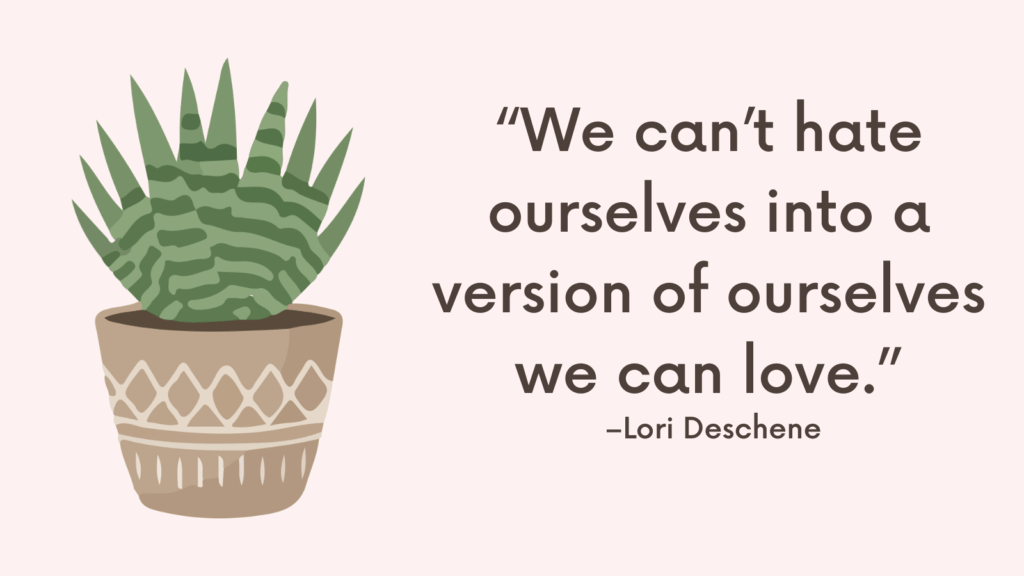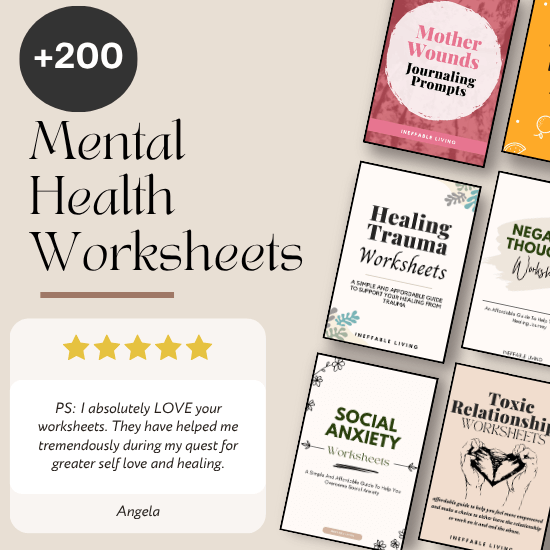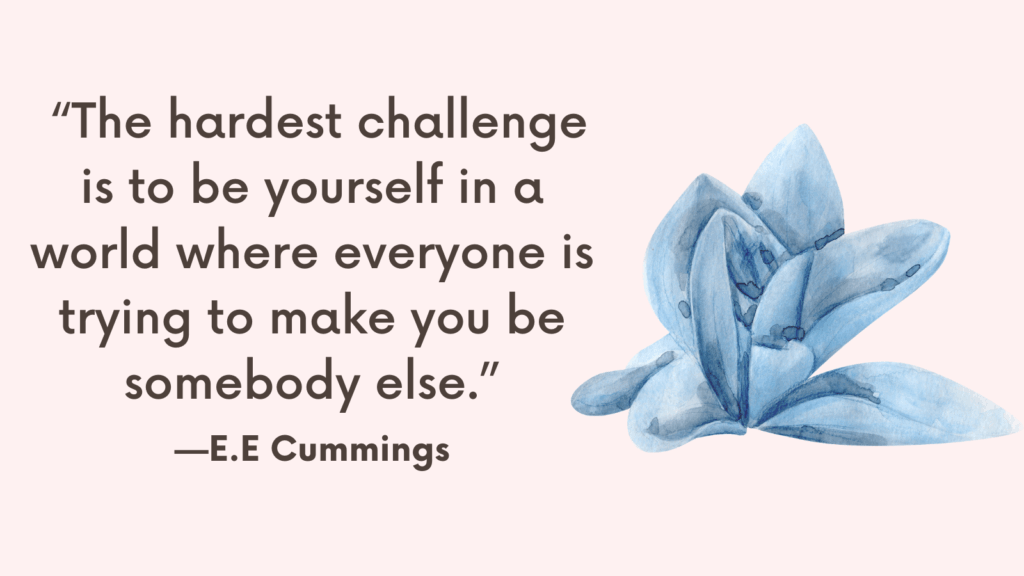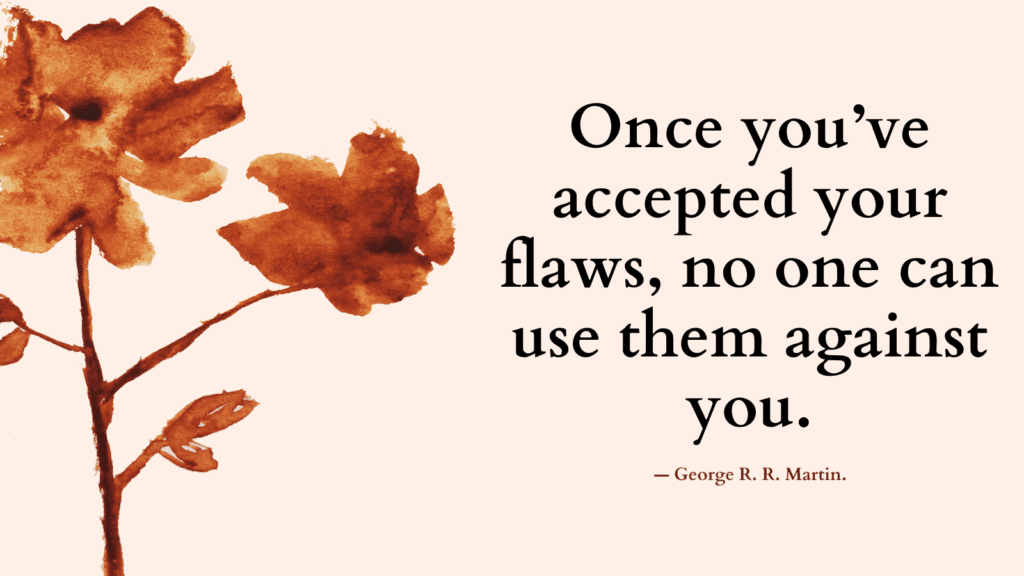Social events can stir up body insecurities in ways that feel overwhelming. Whether it’s a wedding, reunion, birthday, or even a casual gathering, the spotlight on appearance, the presence of photos, or the subtle comparisons with others can make you hyper-aware of your body. Instead of avoiding these moments altogether, you can bring coping tools that allow you to stay present, protect your confidence, and focus on the joy of connection rather than self-criticism.
Why Social Events Magnify Body Insecurity
Gatherings often feel less like connection and more like exposure. Surrounded by people, clothes, and conversations, you may feel your body is under silent observation. Even if no one comments, the fear of being seen and judged can intensify self-consciousness. The event becomes less about presence and more about performance.
The Hidden Pressure of Appearance
Social events carry unspoken rules: dress well, look “put together,” and present a polished version of yourself. This pressure is not just about clothing—it is about belonging. Body insecurity is rarely about the body alone; it’s about fearing rejection, fearing you won’t measure up to the social standard of the room.
The Loop of Comparison
At these events, your gaze often shifts outward. You notice who looks slimmer, stronger, or more confident. In comparing, you disconnect from yourself. This loop doesn’t only erode self-esteem; it steals the possibility of genuine interaction. The insecurity is less about others’ bodies and more about the meaning you attach to your own.
The Emotional Toll of Pretense
Trying to “hide” insecurity by smiling, adjusting clothes, or avoiding photos can be exhausting. Instead of enjoying connection, you’re managing appearance. The more effort you put into controlling perception, the more distant you feel from authentic presence. This pretense fuels loneliness even in a crowded room.
Related: Struggling with Body Image? These Worksheets Support Healing and Self-Acceptance
Reframing the Purpose of the Event
Peace begins when you remember: the event is not a runway—it is a gathering of people. Your worth is not on display. Shifting focus from how you appear to how you engage changes the meaning of the moment. The goal becomes connection, not perfection.
13 Coping Tools for Social Events That Trigger Body Insecurity
1. Choose Outfits That Support You
Wear clothes that feel comfortable, fit well, and reflect your personality. When you’re not distracted by adjusting your outfit or worrying about how it looks, you free up space to enjoy the event.
2. Set an Intention Before Going
Pause and decide what you want from the event — connection, laughter, making memories. Anchoring yourself in this purpose reduces the grip of appearance worries.
3. Practice Grounding Before Arrival
Take a few deep breaths, stretch, or repeat a calming affirmation like, “I belong here as I am.” Entering with calm energy shields you from spiraling at the first comparison trigger.
4. Limit Pre-Event Mirror Time
Spending too long analyzing your reflection can heighten insecurity. Get ready, check briefly, and then step away. Trust that you’ve done enough.
5. Curate a Confidence Playlist
On the way, listen to music that makes you feel powerful or joyful. Mood-shifting before entering the room helps you walk in with steadier energy.
6. Notice and Redirect Comparison
If you catch yourself scanning others and comparing, gently redirect: “Their body is theirs; mine is mine. I’m here for connection, not competition.” Awareness interrupts spirals before they deepen.
7. Use Conversation as a Distraction Tool
Shift focus from your body to meaningful connection. Ask thoughtful questions, listen deeply, and engage in stories. The more absorbed you are in others, the less oxygen insecurity has.
Related: How To Break Emotional Eating? Top 8 Powerful Ways To Stop Comfort Eating
8. Protect Yourself From Triggering Comments
Prepare responses if someone comments on your looks:
- “I’d rather not talk about my appearance.”
- “Let’s focus on the celebration.”
Having phrases ready empowers you to hold boundaries with confidence.
9. Step Outside If Needed
If overwhelm builds, step out for a breath of air or a quiet moment. Breaks give you space to reset and return with more calm.
10. Anchor in Gratitude for the Experience
Remind yourself of what you gain from showing up — laughter, connection, memories. Gratitude rebalances focus away from self-consciousness toward what really matters.
11. Keep Photos in Perspective
Photos may capture angles you don’t love, but they don’t capture your entire essence. Remind yourself: one image isn’t your whole story. Try to value the memory it holds over the way you look in it.
12. Have a Support Ally
If possible, attend with a friend who knows your struggles and can offer grounding words, a quick check-in, or shared laughter when insecurity spikes.
Related: What Is A Distorted Self Image & How To Build A Positive One?
13. Plan Post-Event Care
After the event, do something nurturing — journal, take a warm bath, or rest. Gentle care helps you process lingering insecurities and end the day on a healing note.
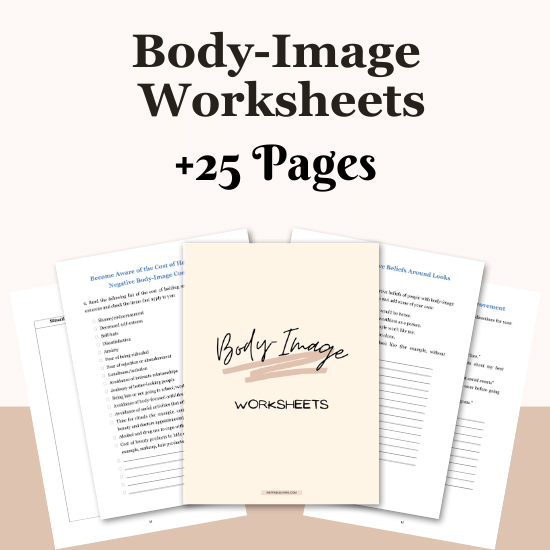
Conclusion
Body insecurity at social events is real, but it doesn’t have to dictate your experience. With supportive clothing, grounding rituals, boundary-setting, and intentional focus on connection, you can move through gatherings with greater ease. These tools don’t erase insecurity entirely, but they give you anchors to keep returning to joy and presence — reminding you that your worth is not defined by how you look in a room full of people.
